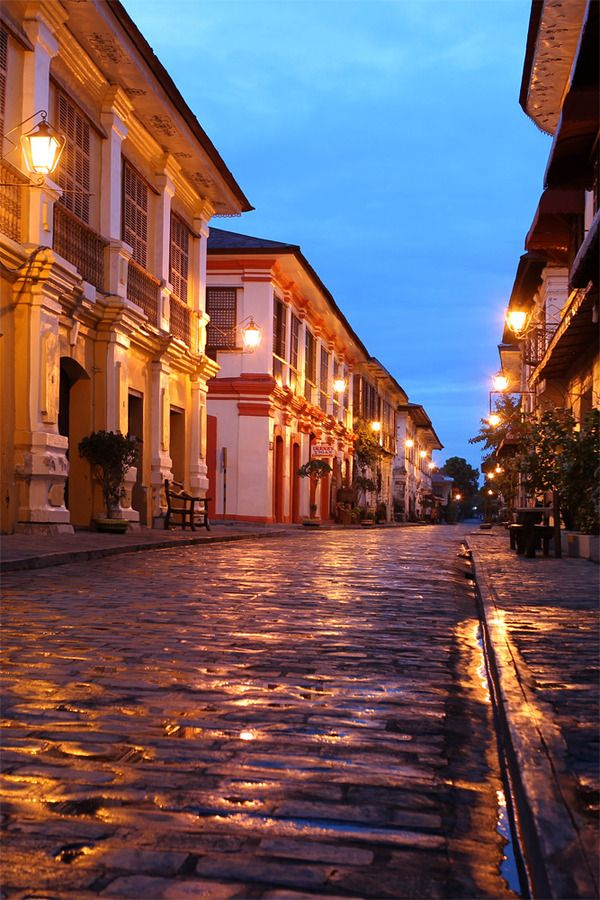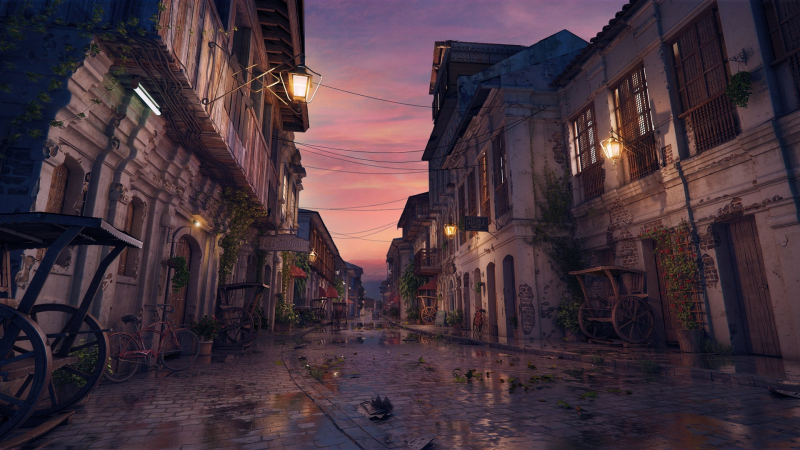Vigan
Vigan is one of the oldest towns in the Philippines and a UNESCO World Heritage Site. The town's historic Calle Crisologo is off-limits to automobile traffic. Baroque churches and colonial merchant homes border this well preserved cobbled street. The alluring ambiance is further enhanced by kalesas, or horse-drawn carriages.
The majority of these magnificent structures are private residences, but a select handful have been turned into B&Bs and museums, giving guests access to their equally stunning interiors. The town was founded in the sixteenth century, and its distinctive architecture combines features of regional, Chinese, and European styles. It is regarded as Asia's best illustration of a planned Spanish colonial town.
Let's start with a location that has consistently been favored for its ageless beauty. CNN Travel selected the third-oldest city in the Philippines—which dates back to the 16th century—as one of Asia's "most gorgeous" cities. Grand homes, cobblestone streets, horse-drawn carriages, and capiz windows can all be found there. It is today regarded as one of the New7Wonders Cities thanks to its exquisitely conserved and Spanish-inspired architecture, which helped it become a UNESCO World Heritage Site. Vigan demands that the colonial aesthetic be maintained in all of its institutions.
Location: Vigan City, Ilocos Sur, Philippines















